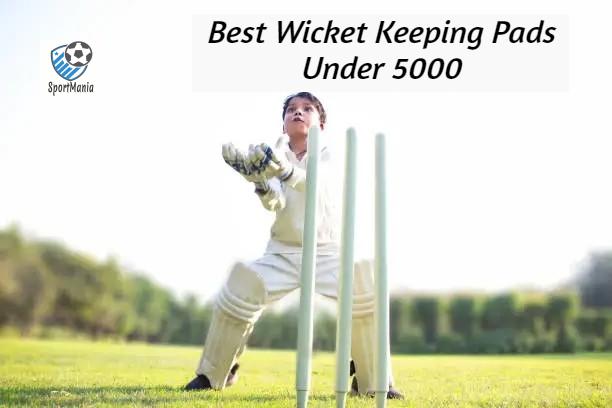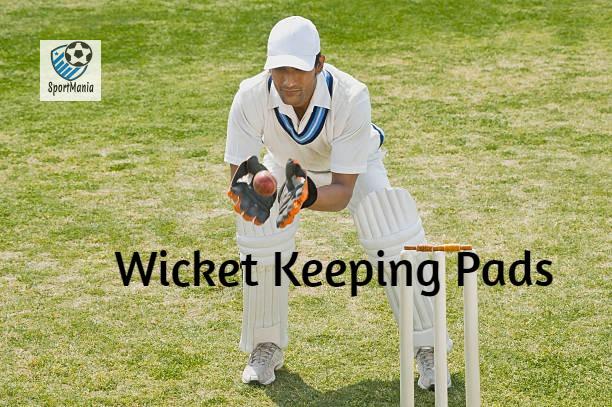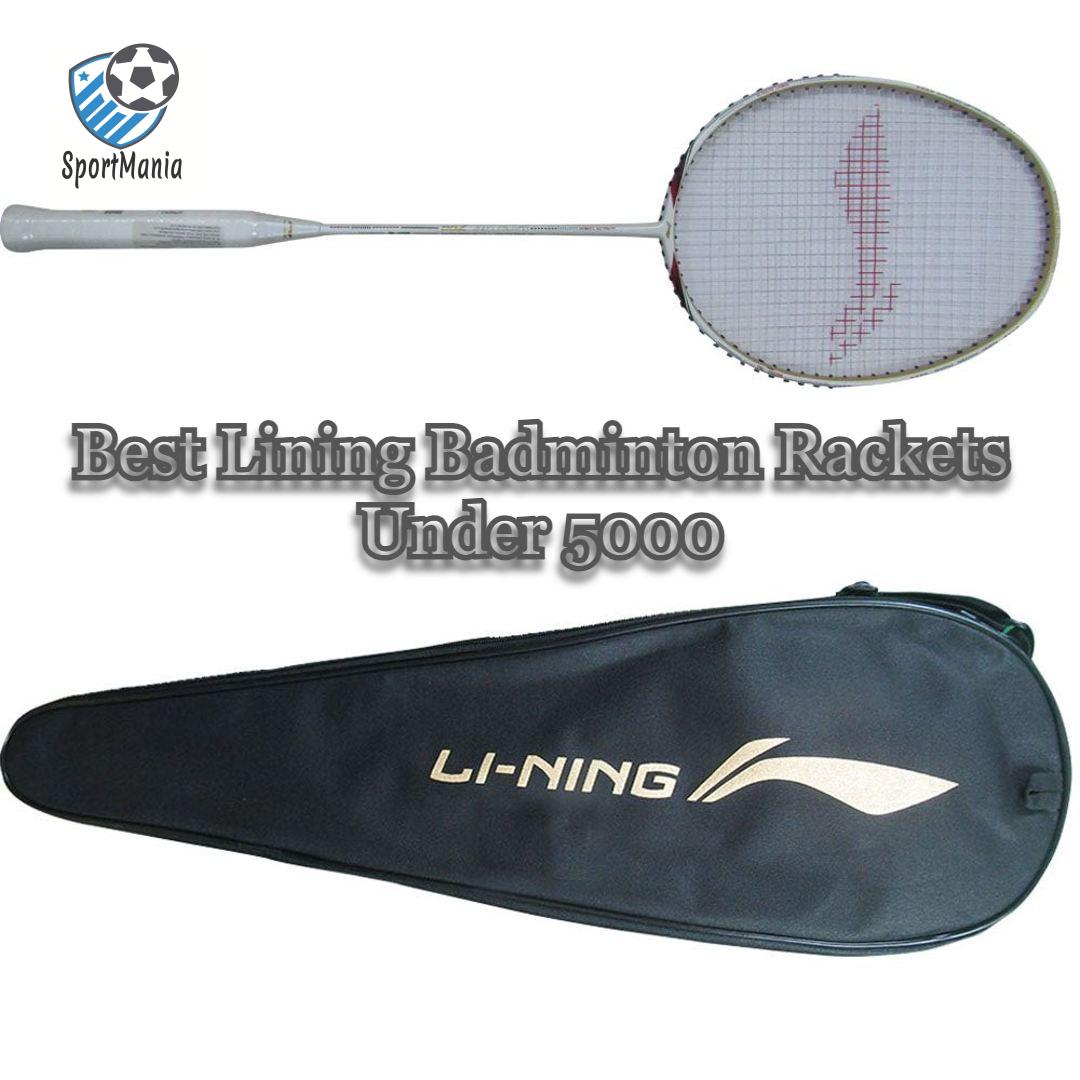Wicket Keeping Pads : The Essential Armor Behind the Stumps
Introduction
Cricket, a sport that blends skill, athleticism, and strategy, has evolved significantly over time. Each position on the field requires specific equipment to ensure player safety and optimal performance. Wicket keeping is a demanding role that necessitates agility, quick reflexes, and flexibility. The wicket keeper stands close to the batsman, facing fast deliveries that require adequate protection. Among the protective gear used by wicket keepers, wicket keeping pads play a crucial role in safeguarding their lower limbs from potential injuries caused by fast bowlers’ deliveries, edges, and bails hitting the legs. In this article, we will explore the importance of wicket keeping pads, their design features, and how they enhance the performance of wicket keepers.
Importance of Wicket Keeping Pads
The wicket keeper’s position requires them to stand near the batsman, facing high-speed deliveries. Hence, it is vital for wicket keepers to have adequate protection. Wicket keeping pad, also known as leg guards, play a significant role in protecting the wicket keeper’s lower limbs. These pad act as armor, mitigating the risk of injuries caused by fast-paced deliveries and accidental impacts.

Design Features of Wicket Keeping Pads
Modern wicket keeping pads are designed with a primary focus on protection and flexibility. They are typically constructed using lightweight materials such as high-density foam, which is reinforced with durable external covers. The pad consist of three main components:
- The Bolster: The bolster is the primary protective section covering the front of the leg. It is made of thick foam padding that absorbs impact and distributes it evenly across the pad’s surface.
- The Knee Roll: Positioned just above the bolster, the knee roll provides additional protection to the vulnerable knee joint during diving and sliding movements. The knee roll must be flexible enough to allow unrestricted movement.
- Straps and Fastenings: Wicket keeping pad feature multiple adjustable straps and fastenings that secure the pad in place. These straps ensure a snug fit, providing maximum comfort and mobility to the wicket keeper.
Enhancing Performance
Wicket keeping pads not only protect the wicket keeper but also contribute to their performance on the field. The lightweight design of modern pad allows wicket keepers to move swiftly and respond quickly to any action behind the stumps. The pad’ flexibility enables the wicket keeper to crouch, dive, and slide without hindrance, facilitating catches, stumpings, and crucial saves.
Related Post: Best Wicket Keeping Gloves Under 2000
Additionally, wicket keeping pad offer psychological benefits to the wicket keeper. The assurance of adequate protection boosts their confidence, allowing them to focus on their core responsibilities without fear of injury. This enhanced focus improves their decision-making and overall performance.
Maintenance and Care
Proper maintenance and care are essential to ensure the longevity and effectiveness of wicket keeping pads. After each use, the pad should be cleaned with a damp cloth to remove dirt and debris. It is important to avoid using harsh detergents or chemicals that may damage the protective materials. Storing the pad in a cool and dry place, away from direct sunlight, helps prevent deterioration and maintains their shape.
Choosing the Right Pads
When selecting wicket keeping pads, comfort, protection, and durability are key considerations. Trying on various brands and models is crucial to finding the right fit, as different manufacturers may have slight design variations. Additionally, paying attention to the quality and materials used in construction ensures that the pad offer optimal protection and longevity.

Wicket keeping pads are constructed using a combination of materials that provide both protection and flexibility. Here are some common materials used in the construction of wicket keeping pads:
- High-Density Foam: High-density foam is widely used as the primary padding material in wicket keeping pads. It offers excellent impact absorption, distributing the force of the ball across the pad’s surface. This foam provides essential protection to the wicket keeper’s legs.
- Polyurethane (PU): Polyurethane is commonly used for the external cover of wicket keeping pads. It is a durable and abrasion-resistant material that helps protect the foam padding from wear and tear. PU covers also contribute to the longevity of the pad.
- Leather: Some premium wicket keeping pads feature leather components, such as leather straps and knee rolls. Leather offers durability, flexibility, and a traditional aesthetic appeal. These leather elements enhance the overall quality and performance of the pad.
- Nylon: Nylon is often used for the straps and fastenings on wicket keeping pads. It is a strong and lightweight material that allows for easy adjustment and secure fitting of the pad. Nylon straps provide comfort and stability during intense movements.
- Mesh Panels: Many modern wicket keeping pads incorporate mesh panels into their design. Mesh panels improve breathability, allowing air circulation and preventing excessive heat buildup, which can be uncomfortable during long periods of play.
- High-Density EVA Foam: Alongside high-density foam, Ethylene-vinyl acetate (EVA) foam is commonly used in wicket keeping pads. EVA foam offers excellent shock absorption properties, effectively reducing the impact of fast-paced deliveries on the wicket keeper’s legs. It provides a balance between protection and lightweight design, ensuring the pad are not overly bulky or restrictive.
- Ultra-High Molecular Weight Polyethylene (UHMWPE): Some advanced wicket keeping pad feature UHMWPE inserts. UHMWPE is an incredibly strong and lightweight material known for its high impact resistance. It enhances the protective capabilities of the pad while maintaining flexibility and reducing weight.
- PVC (Polyvinyl Chloride): PVC is sometimes used in the construction of wicket keeping pads, particularly in the outer shell or protective inserts. PVC offers durability and water resistance, protecting the pad from moisture and extending their lifespan.
- Gel Inserts: Gel inserts are often incorporated into wicket keeping pads to provide additional cushioning and impact absorption. These inserts are usually made of specialized gel compounds that conform to the shape of the leg, offering targeted protection and comfort.
- Moisture-Wicking Fabrics: Wicket keeping pads may feature moisture-wicking fabrics as part of their inner linings. These fabrics are designed to draw moisture away from the skin, keeping the wicket keeper’s legs dry and comfortable during long periods of play. They help regulate body temperature and reduce the risk of discomfort or chafing.
It’s important to note that advancements in materials and manufacturing techniques continue to drive innovation in wicket keeping pad design. Manufacturers constantly explore new materials and combinations to improve performance, durability, and player comfort. The choice of materials depends on factors such as the level of play, personal preferences of the wicket keeper, and the specific requirements of the game.
Best Wicket Keeping Pads Under 5000:
SG Wicket Keeping Pads

About the product:
- PU facing imported from outside
- Wraparound and small in size
- cushioned with thermoplastic polyurethane insert and high density foam
- For additional shin protection, use a wide foam center strip.
- bolster packed with soft foam
DSC Cricket Pads Wicket Keeping

About the product:
- Shade White
- Name DSC
- Material PU of the highest caliber
- Athletic Cricket
- Weight of Item: 1200 Grams
GM Cricket Wicket Keeping Pads

About the product:
- 090 kgs each for each pair.
- Looking: pu
- Foam with a high density for the face
- Low density foam and a comfortable vertical bolster
- Straps: Comfortable, 2″
- Instep: mesh and comfort
Puma Wicket Keeping Pads

About the product:
- Lace-up closure
- Cricket Wicket Keeping Pads is the style name.
- Future 1 Wicket Keeping Pads, model name
- Color of the brand: Neon Citrus-Bluemazing
- Material:-Synthetic
SG Wicket Keeping Leg Guards

About the product:
- Name SG
- Polyvinyl Chloride (PVC) as a material
- Athletic Cricket
- Weight of Item: 1400 Grams
Conclusion
Wicket keeping pads are an essential component of a wicket keeper’s gear, providing crucial protection against fast deliveries while allowing for agile movement behind the stumps. The design features, including bolsters, knee rolls, and adjustable straps, ensure both safety and flexibility. By safeguarding the lower limbs and boosting the wicket keeper’s confidence, these pad significantly contribute to their performance on the field.
End of the blog.
Thank you for reading!



